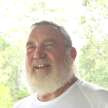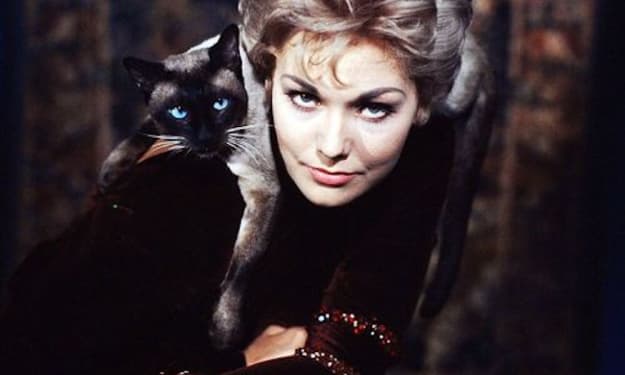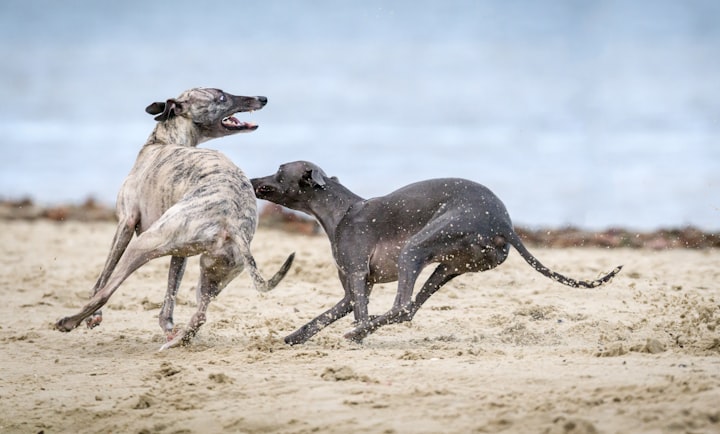You and I have had disappointments, mishaps and made mistakes. That is all part of the human condition. Events that upset, or distress us, can result in us becoming despondent, or even depressed. There may be even more serious consequences. Hopefully however, we are able to learn and grow from whatever has happened to us. And, of course, the bad times help us to understand how great the good times can be.
Next birthday of mine will be the anniversary of my seventy-fifth year of making mistakes. Have I learned from my mistakes? Sometimes it has taken a while, but yes I have.
Isn’t hindsight a wonderful thing! If in the past I had my current level of knowledge and wisdom, many decisions of mine would have been very different. But, the past has gone and can not be changed. And in retrospect, some of my mishaps have probably resulted in my becoming a better person. It is hoped that the foregoing has not given you the impression that my life has been a total disaster. That is far from the truth. I have had a wonderful seventy-four plus years of living.
“A Lifelong Learner” is the sub-title of this article and I would like to make a few brief comments on why that was chosen.
A major part of my working career has been involvement in the education sector. I have worked in each of the primary, special, secondary and tertiary education sectors and roles have included teacher, principal, lecturer, head of faculty and manager of studies. Always I have had some difficulty with labels such as “teacher, lecturer, trainer”. Each of those puts the emphasis on the wrong person in the learning process. The most important person in that process is the learner. Therefore, I have always preferred to think of myself as a facilitator of learning.
And, learning is a pursuit I have always personally followed. Formal education involving awards and degrees is important, but probably not as important as the continued learning we have through living. As long as we are living we should continue learning. So, I do consider myself “A Lifelong Learner”.
What about the main title of this article, “Be Loving and Bee Loving”?
Love is an essential requirement for happy and successful living. It is not just the love between two individuals I am referring to here. But love in a far broader sense. Love of people in general, love of animals, plants, nature, the environment, the world; in fact, love of anything and everything that can assist in making this world in which we live a better place. So please, try to “Be Loving”.
“Bee Loving”?
Well, insects are an essential part of the ecosystem ensuring the well-being of us all. The management of insects, the ecosystem, and their interactions in a sustainable way is crucial for the survival of all organisms.
Unfortunately many people, especially those living in urban environments, view insects as nothing more than pests. Some insects may indeed be pests in certain situations, but as a group, insects are needed not just for our well-being but also for other animals and plants.
There is one group of insects about which I am particularly passionate, and that group is the bees.
Bee keeping has never been my full-time job, but around forty or so years ago I kept European honey bees, (Apis mellifera). All of the good books available at the time on bee keeping, I had either owned and/or read. Starting with one hive I had built my total number up to around twenty-five hives, some of which had two supers and some three. These were kept an acreage I owned south of Brisbane city.
At the time I was teaching in a rural area about four hours drive away. It was a great disappointment when I had learned that the Logan river flooded and washed away my entire apiary.
As their name implies, European honey bees do not occur naturally in Australia but were imported by our early settlers. Stories of the Australian Aboriginals eating the prized honey from bush bees I had read. So, I did know that Australia did have its own species of bees, but that was about as far as my knowledge of these insects went.
Around three years ago I was reading about some of the workshops being conducted in local libraries. One of these was “Keeping Native Bees as Pets”. I did not attend any of the workshops, but did a little research on the person conducting them. Tim Heard is an entomologist who had published a book called “The Australian Native Bee Book”. I obtained and read a copy from my local library. It was informative and fascinating reading, and I read the book from cover to cover. As Tim states inside the front cover of my own edition which I later purchased, “Bees are the darlings of the insect world”.

If you are not from Australia and are reading this, please do not feel that the information in this book is not relevant to you. It may well be. The emphasis is on keeping stingless bees for pets, pollination and honey. Australia has only eleven species of these little guys which measure only about three to four millimetres in length. There are around four hundred species in the Americas as well as species found in Africa, Madagascar and South East Asia. The species found in Australia are all of similar shape, size and colour, but there is great diversity among the many species found in other sub-tropical parts of the world. Although this book is titled “The Australian Native Bee Book”, I am sure that much of the information contained in it would also be relevant to keeping native bees in other parts of the world. Besides, these bees, regardless of where they are currently found, have common ancestors. Going back around seventy million years, for example, Africa and South America were joined.
To nominate one book which has had the most influence on me in the last decade, is an easy task. It is without any doubt, “The Australian Native Bee Book” authored by Tim Heard.
The book has two hundred and forty-six pages and is beautifully illustrated with in excess of five hundred photos, drawings and charts.
But to me, Tim Heard’s publication has meant much more than learning about native bees and how to keep them. It has helped expand my interest in sustainability and caring for our environment. This has been an important part of my personal learning and continued development.
In addition to having several hives of two species of native stingless bees, Tetragonula hockingsi and Tetragonula carbonaria, I keep worm farms and recycle and reuse whatever I am able. There is a weekly wheelie bin collection service where I live, but I am proud that my bin goes out only every few weeks and is never any more than half full.
Having retired from full time work, I do like to keep active. Amongst those activities is making my own bee boxes to house these busy little workers. A couple of these boxes I have on stands just behind my back glass sliding doors. Many hours have been spent with a mug of coffee in my hands observing these girls flying from and to their home. Their range is around five hundred metres, and often they will return with colourful little balls of pollen attached to their legs.
Many web sites have information on native bees and there are numerous videos on all aspects of keeping them which are available online. In 2019, The Australian Native Bee Association (ANBA) was formed. Its web site is here.
Comprehensive information is also available from The Aussie Bee and Australian Native Bee Research Centre.
“The Australian Native Bee Book” is available from numerous book sellers or if you prefer you may order it online.
Being in retirement, I no longer have any direct business interests. But, I have had a card printed to give to contacts to show some of the areas I am passionate about. Here is a photograph of it.

I started this article with a video I produced. I shall finish with another I produced on Aussie bees.
About the Creator
Ian McKenzie
Lover of life and all it has to offer. Retired from full-time employment, but keeping busy with things I am passionate about including: family, friends, photography, writing, sustainability and keeping Australian native stingless bees.






Comments
There are no comments for this story
Be the first to respond and start the conversation.